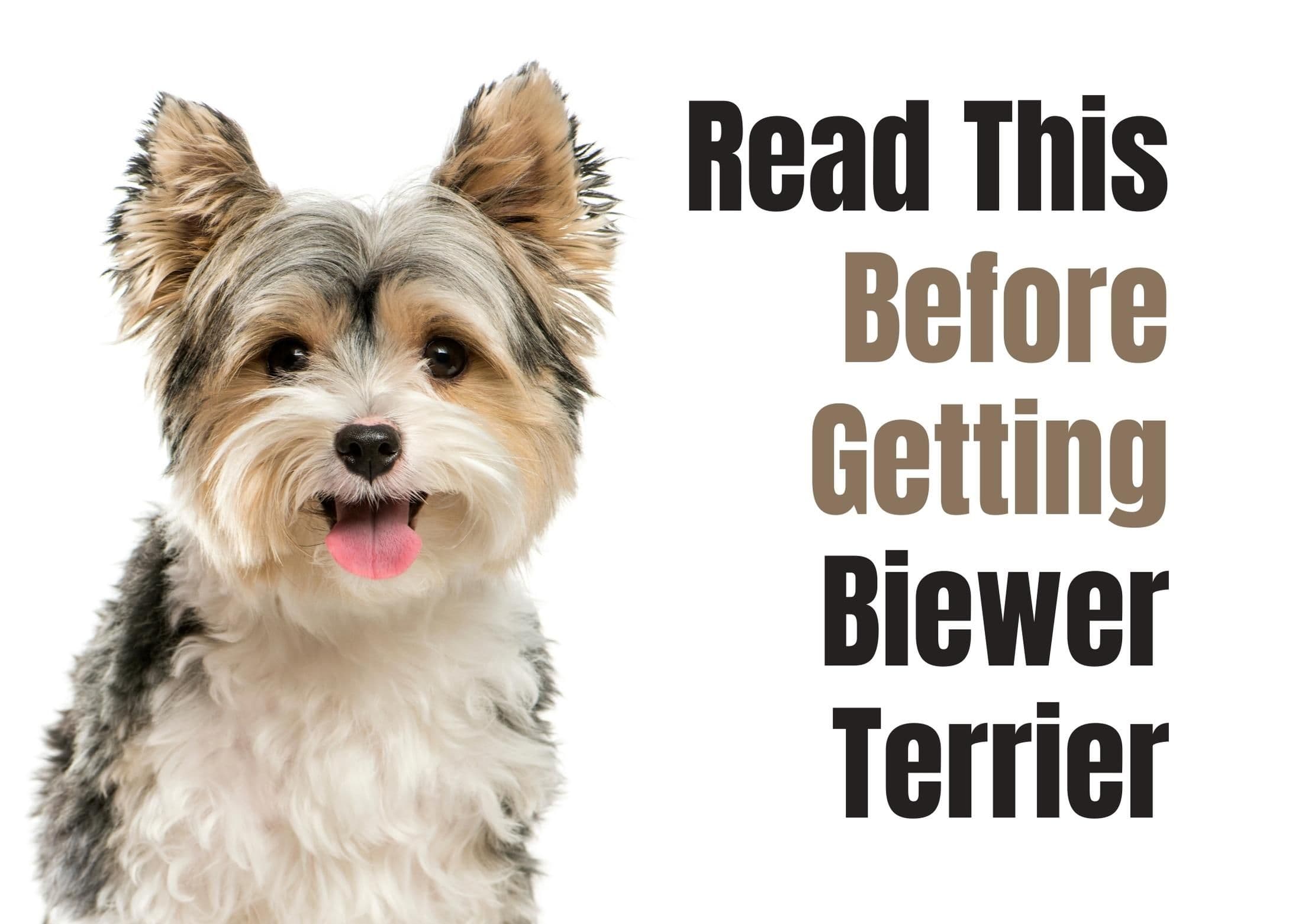Discover 8 Interesting Things About the Biewer Terrier

If you’ve never heard of a Biewer Terrier (pronounced “beaver”), you’re not alone — they’re one of the newest breeds recognized by the AKC, only officially added in 2021. But if they look a little familiar, that’s because they’re closely related to Yorkshire Terriers, just with a splash of uniqueness in both looks and personality.
Let’s dive into what makes the Biewer special — and whether one might be the right fit for your home.
A Yorkie With a Twist
The Biewer Terrier started when German Yorkie breeders Werner and Gertrud Biewer noticed something different in one of their litters back in 1984: Yorkies with white markings, thanks to a rare piebald gene. They loved the look and carefully bred for this variation, eventually creating a new breed altogether. By 2007, genetic testing confirmed what they suspected — Biewers were genetically distinct enough to be considered their own breed.
Fast forward to 2021, and the AKC officially welcomed the Biewer Terrier to its ranks.
Small, Sweet, and Full of Charm
Biewers are tiny — usually 4 to 8 pounds and around 7 to 11 inches tall — but don’t let that fool you. They’re full of energy and personality. Think of them as a mix between the feisty terrier spirit and the cuddly lapdog vibe. They’re technically terriers, but in day-to-day life, they act more like toy breeds: affectionate, playful, and always ready for a snuggle.
They’re great with families, especially older kids who know how to be gentle. Just remember, their small size makes them fragile, so supervision is key during playtime with little ones.
Not Just a Pretty Face
Despite their dainty appearance, Biewers love to play. Daily walks (about 20 minutes twice a day) and some lively indoor playtime will keep them happy and healthy. They’re surprisingly athletic for their size — I’ve seen one outpace bigger dogs at the park — but they’re also content curling up on your lap once they’ve had their fun.
Training-wise, they’re not the easiest breed, but they’re far from impossible. Like many small dogs, potty training can take some patience, and obedience training should start early. Consistency and positive reinforcement go a long way. Socialization is also super important to keep them from becoming yappy or nervous around strangers and other pets.
Low-Shedding, High-Maintenance Coat
One of the perks of the Biewer’s silky coat is that they don’t shed much — a big plus for those of us who don’t want dog hair everywhere. But that doesn’t mean they’re low-maintenance. Their coats need daily brushing to stay tangle-free and healthy, plus regular baths, ear cleaning, teeth brushing, and nail trims.
If you love grooming or enjoy bonding with your dog during those quiet brush sessions, you’ll find it rewarding. If not, be prepared to budget for a groomer.
Health-wise, Think Yorkie
Since Biewers are closely related to Yorkies, they share many of the same health considerations. Things like patellar luxation (loose kneecaps), tracheal collapse, and liver shunts can pop up, so routine vet care is essential. The piebald gene that gives them their signature coloring doesn’t seem to add any extra health risks in this breed, unlike in some others.
Final Thoughts
Biewer Terriers might be “new,” but they’ve already proven themselves as wonderful companions. They’re small but full of personality, loving, social, and adaptable — a great match for apartment dwellers or families who want a dog that can keep up with playtime and still be a devoted snuggler.
If you’re ready to commit to grooming, training, and giving your pup the attention they crave, the Biewer Terrier just might be the perfect addition to your home.
Take the Quiz
Is a Biewer Terrier Right for You?
The Biewer Terrier is a playful and elegant toy breed known for its tri-colored silky coat. Discover if this charming companion is your perfect match by taking the quiz! Answer all questions below to discover your compatibility score and get personalized insights.
Question #1: What is the main reason you want a dog?
Question #2: How active is your lifestyle?
Question #3: How much time can you dedicate to your dog daily?
Question #4: What best describes your home environment?
Question #5: What size dog do you prefer?
Question #6: What personality traits do you want in your dog?
Question #7: How much grooming can you handle?
Question #8: Who else lives with the dog?
Question #9: Is this your first dog?
Please answer all 9 questions to see your results
